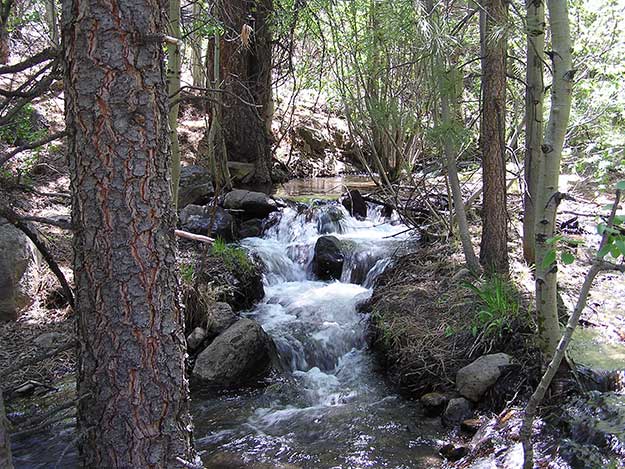Soil pH regulates the capacity of soils to store and supply nutrients, and thus contributes substantially to controlling productivity in terrestrial ecosystems.
However, soil pH is not an independent regulator of soil fertility—rather, it is ultimately controlled by environmental forcing. In particular, small changes in water balance cause a steep transition from alkaline to acid soils across natural climate gradients.
Although the processes governing this threshold in soil pH are well understood, the threshold has not been quantified at the global scale, where the influence of climate may be confounded by the effects of topography and mineralogy. Here we evaluate the global relationship between water balance and soil pH by extracting a spatially random sample (n = 20,000) from an extensive compilation of 60,291 soil pH measurements.
We show that there is an abrupt transition from alkaline to acid soil pH that occurs at the point where mean annual precipitation begins to exceed mean annual potential evapotranspiration. We evaluate deviations from this global pattern, showing that they may result from seasonality, climate history, erosion and mineralogy.
These results demonstrate that climate creates a nonlinear pattern in soil solution chemistry at the global scale; they also reveal conditions under which soils maintain pH out of equilibrium with modern climate.
Source: http://www.nature.com/
Dear User/Visitor! Please, answer on our questions: tick off one of the positions – your answer will make us able to improve our site and make it more interesting and useful!


